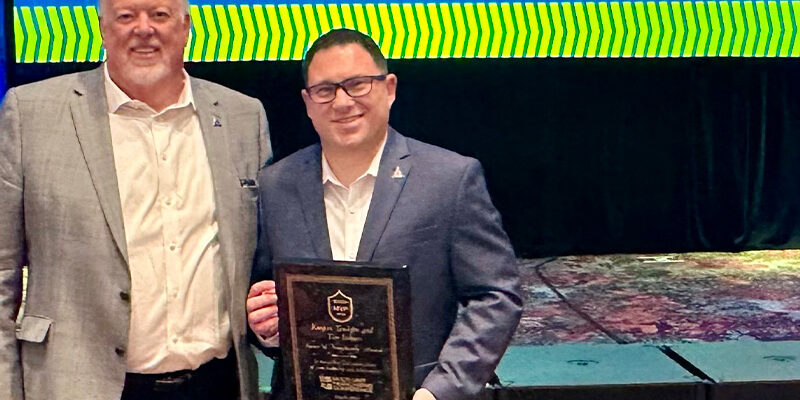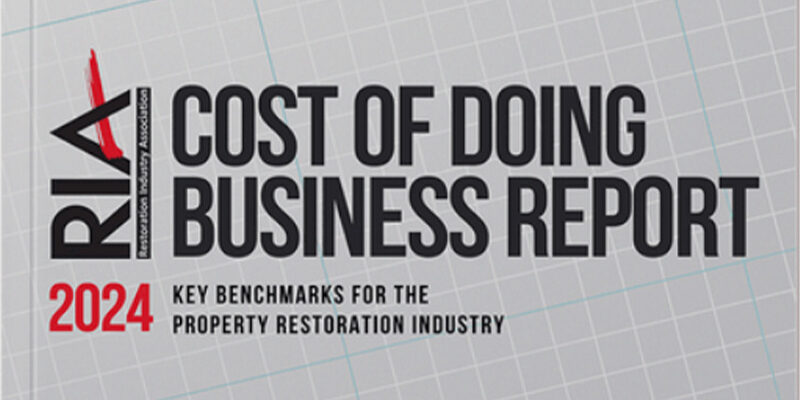Successful Training Expectations Begin With Coffee

By Jeff Jones
During the summer of 2012, after several rounds of intense interviews, I accepted an offer to work for Violand Management Associates. My first day, I cleaned up best I could, put on a brand-new set of clothes, and headed off to learn what I would do for the rest of my career. Since I was working for a company that helps other companies grow, in part by training and developing top talent, I was confident I would be quickly engrossed in a training program focused on the ideas and concepts needed to fast track me to success.
I sat down with my new co-workers and the boss, convinced I was about to have my mind blown through world-class, on-the-job education.
The first training I received was how to make a decent pot of coffee.
Six years later, I understand why coffee making was the initial training I received.
The first person to show up to the office in the morning is expected to make the first pot of coffee for everyone. The coffee is supposed to taste the same way, every time, to the standard designated by the owner. That pot of coffee sets the bar for every person, every day. If something as simple as coffee is not consistently done correctly, what then becomes the expectation for everything else throughout the day? Everyone in our company knows this expectation and its importance.
Every employee hired after me who works in the office starts with the same lesson and is given the same expectation and training concerning the consistently perfect pot of coffee.
Systemization
We all know training is important, and it goes far beyond office beverages. I believe the single most important reason for training is to provide employees with the education and tools needed to perform at or above the expectations set by the company leadership and those standards set by the industry.
To do so, companies must establish their own systematic onboarding and development program and hold everyone accountable to the opportunity for improvement. Notice I said opportunity. Because if the manager or employee is not in the mindset of desiring constant self-improvement, there is no need for future employment. Assuming self-improvement is important, let’s continue.
Developing
The first step in an onboarding and development program is to create expectations and outline responsibilities for every position in the company. Identify both the technical and professional requirements needed for each employee to perform at an acceptable level.
Do you have written job descriptions for every position? Do you routinely communicate this information to everyone in the company so there is a full understanding of each person’s role? If the answer is no, stop and create them now. You cannot create a training program for a job that is not clearly defined. If the answer is yes, let’s continue.
Outsourced training
Take a look at the technical and professional requirements of each person’s role: Have you identified which are industry standards versus company standards? Knowing this, we can then decide which part of the training can be done in house and which require outside help.
In-house training differs depending on the size of the company. Larger companies may have designated human resources reps who provide their training, while smaller companies lean on individuals to piece it together. The core of any in-house training should be giving employees insight into what is expected of them and how these expectations support your company’s mission and vision. Many times, this training will include items specific to your company and its culture. It is during this time that company standards should be discussed and agreed upon.
Outsourced training is typically best for learning industry standards, earning certifications, and acquiring information your company does not have the resources to provide.
When choosing who to use for a training program, I suggest leaning on your industry networks and connections to find how certain classes and certifications have been used to achieve improvement in other companies.
Delivery
There are many factors to consider when deciding how a training program should be delivered. A recent study conducted by Axonify, an online training company, found the following:
- 90 percent of respondents said training needs to be easy to complete and understand.
- 87 percent of respondents said training needs to be available anytime, anywhere they need it, in order to do their jobs.
- 85 percent of respondents said training needs to be engaging and fun.
- 85 percent of respondents said training needs to be personalized to them.
So that we all understand this, those receiving the training prefer it to be easy, available anytime and anywhere, fun, and personalized for them to want to take it. Seriously? It sounds like they would also like to eat ice cream and pet puppies while being trained. In this case, it seems to me the wrong people are setting the expectations. It’s your company’s job to deliver the best training program, regardless of its fun factor.
Employee understanding
My advice is to demonstrate to your employees how training will help them further their abilities and advance their careers as well as how it aligns with their job descriptions to make their jobs easier to perform. Explain why continual learning and self-improvement are core values within your company. Have employees participate in writing their individual employee development plans every year. Have them explain why they want to learn more about certain subjects, how it will help them perform better in their jobs, and how achieving this training will help them move the company closer to specific business objectives and goals. Give employees a budget and have them explore options for their desired training. Challenge them. When employees have skin in the game, they are more likely to be engaged in the training program and demonstrate what they learn.
If you want to make training fun, as the survey says people desire, work with them to explore not only what they need to be trained on, but also the training they can get once they meet certain requirements. Show them how they can be rewarded for going above and beyond by having the opportunity to explore areas that are exciting to them. This will open a whole new world of possibilities to them and allow you to find out a little more about who they aspire to be and their long-term plans with your company.
One more tip: Acknowledge your employees publicly when they complete a training class. It shows everyone that training is important to leadership and reinforces its importance within the company.
Something scary also came out of the survey mentioned above: 30 percent of respondents said they have never received any training on the job they currently have. Not only is this alarming, but imagine how much more effectively they could perform if they were trained.
Once businesses and employees understand expectations, an employee development training program can be designed and implemented. The result of the training should be consistent and competent performance at every level — even if it starts with something as commonplace as the day’s first pot of coffee.
Jeff Jones is the director of sales and marketing for Violand Management Associates (VMA), a highly respected consulting company in the restoration and cleaning industries. Jones has a wide range of experience in professional sales and marketing involving all levels of decision makers. Through VMA, he works with companies to find the right mix of programs and services to help them develop their people and their profits. To reach him, visit Violand.com, or call (800) 360-3513.












